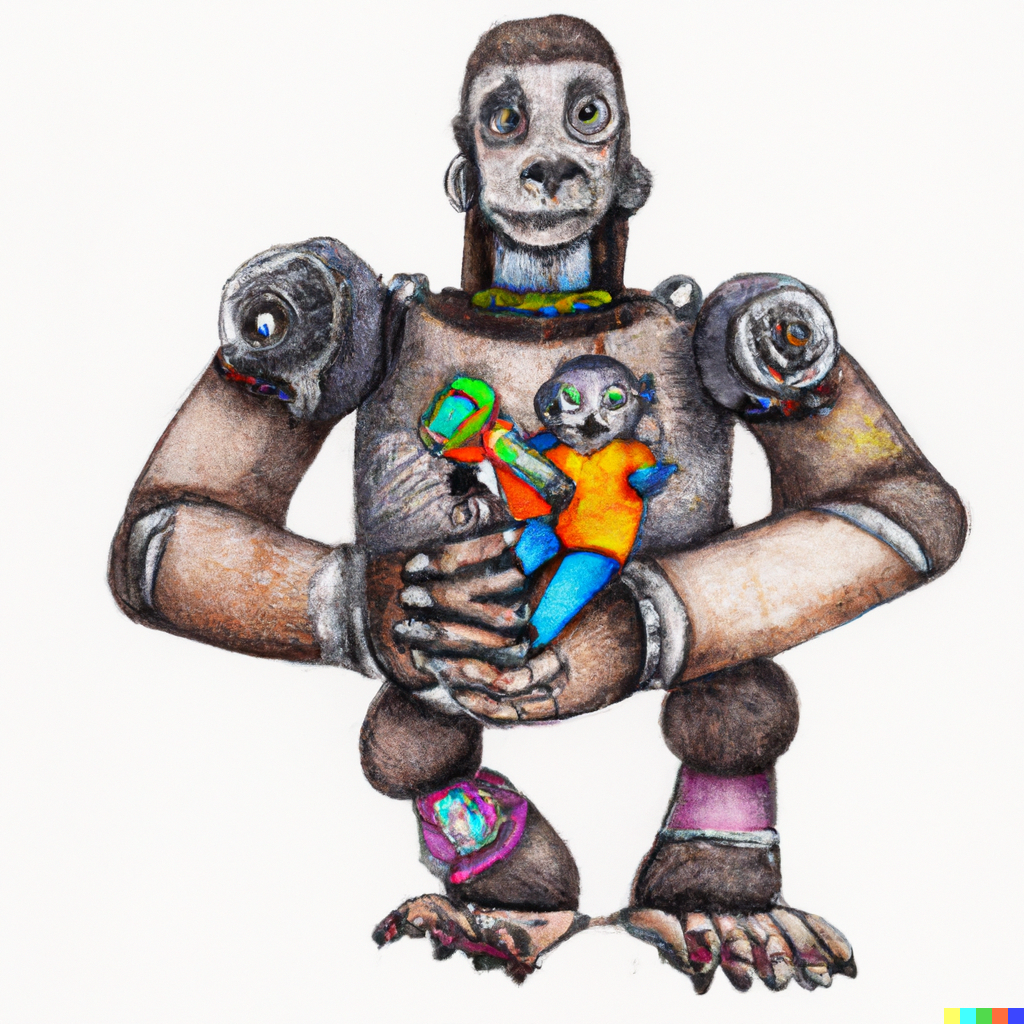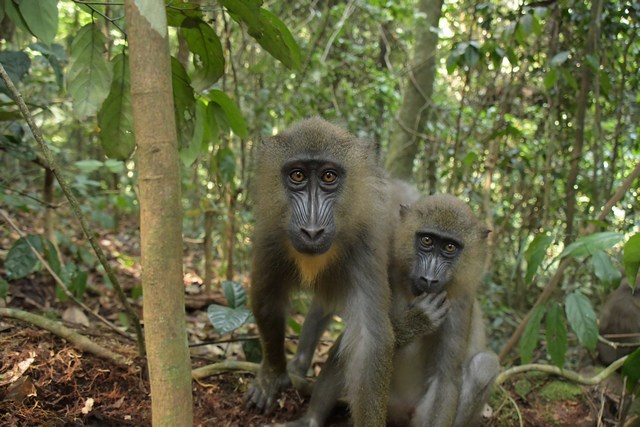The human lineage has evolved over millions of years in a variety of environments, and many traits (morphological, psychological, genetic, social, developmental, etc.) have been selected. While some traits are shared by all human populations (such as the long period of infantile dependence), others are specific to certain populations. This is the case of local adaptations, resulting from human adaptation to geographically variable environments. Understanding these local adaptations enables us to grasp the modalities of migration, natural selection and, in some cases, to study the interactions between genes and behavior. When environmental changes are abrupt and very recent, this offers an opportunity to apprehend the adaptive lag (since a new adaptation will take many generations to become predominant in a population) and the associated costs. This can be illustrated in the West by the recent dietary change after the 2nd World War, with the massive introduction of refined carbohydrates, whose physiological and hormonal effects have well-known effects on health from a medical point of view, but also undoubtedly have behavioral and social consequences that are largely underestimated.
Certain traits present in the human species seem paradoxical: these traits are heritable (they can increase or decrease in frequency depending on the selection being exercised), but are associated with a reduction in reproduction and/or longevity (selection is negative). Their persistence, at relatively high frequencies, over many generations therefore seems counter-intuitive. This is the case for menopause, observed in very few species outside the human species, but also for homosexual preference (unknown in other primates). Left-handedness, which persists in all populations, also represents a paradox of the same kind.
More generally, the study of the life-history traits of human populations, in their temporal and geographical diversity, enables us to understand how biology and culture (or gene and environment, including social environment) interact and co-evolve...



